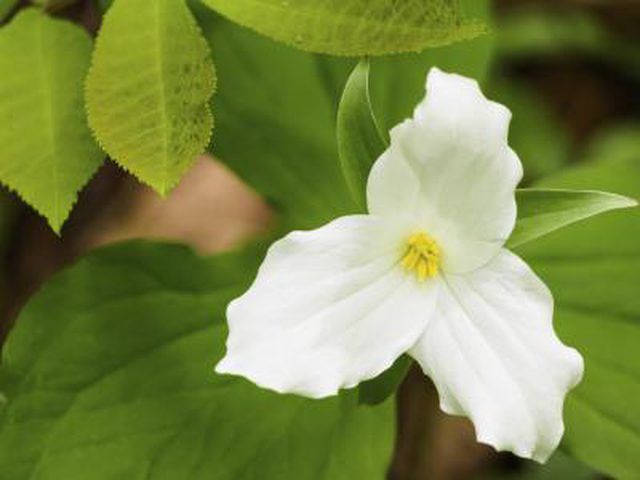Bulbs
Flower Basics
Flower Beds & Specialty Gardens
Flower Garden
Garden Furniture
Garden Gnomes
Garden Seeds
Garden Sheds
Garden Statues
Garden Tools & Supplies
Gardening Basics
Green & Organic
Groundcovers & Vines
Growing Annuals
Growing Basil
Growing Beans
Growing Berries
Growing Blueberries
Growing Cactus
Growing Corn
Growing Cotton
Growing Edibles
Growing Flowers
Growing Garlic
Growing Grapes
Growing Grass
Growing Herbs
Growing Jasmine
Growing Mint
Growing Mushrooms
Orchids
Growing Peanuts
Growing Perennials
Growing Plants
Growing Rosemary
Growing Roses
Growing Strawberries
Growing Sunflowers
Growing Thyme
Growing Tomatoes
Growing Tulips
Growing Vegetables
Herb Basics
Herb Garden
Indoor Growing
Landscaping Basics
Landscaping Patios
Landscaping Plants
Landscaping Shrubs
Landscaping Trees
Landscaping Walks & Pathways
Lawn Basics
Lawn Maintenance
Lawn Mowers
Lawn Ornaments
Lawn Planting
Lawn Tools
Outdoor Growing
Overall Landscape Planning
Pests, Weeds & Problems
Plant Basics
Rock Garden
Rose Garden
Shrubs
Soil
Specialty Gardens
Trees
Vegetable Garden
Yard Maintenance
Trillium Flower Facts
Trillium Flower Facts. Trillium (Trillium spp.) is a family of perennial wildflowers of Asia and North America that has as many as 30 species. Trillium gets its name because it has three leaves, three sepals and three petals. A favorite among wildflower enthusiasts, trillium inspires springtime jaunts to quiet woodlands where its blooms can be...

Trillium (Trillium spp.) is a family of perennial wildflowers of Asia and North America that has as many as 30 species. Trillium gets its name because it has three leaves, three sepals and three petals. A favorite among wildflower enthusiasts, trillium inspires springtime jaunts to quiet woodlands where its blooms can be enjoyed in its home environment.
A Home in The Woods
In the United States, trillium grows in the Eastern woodlands and the mountains of the Pacific Northwest. In keeping with their native environment, gardeners in United States Department of Agriculture plant hardiness zones 4 through 9 should provide trillium with shade and rich, organic soil.
Colorful Contrasts
Among the colors of trillium are delicate white, blossom pink and deep shades of reddish purple. The flowers are followed by berries that vary in color from red to brown to purple.
Early Risers
Some kinds of trillium bloom in early spring, giving the plant the nickname "wake-robin," so named because they show up even before robins return from their winter haunts.
Trillium Grandiflora
The largest of the trillium species is the great white trillium (Trillium grandiflora), which can grow as tall as 15 inches. It can be planted in gardens in USDA zones 4 through 7. Many trillium species are protected, so don't pick them in the wild. Always purchase plants from a reputable garden center.
Tasty Treat
Native Americans used the roots of trillium for medicinal purposes or cooked and ate the greens. They are also a favorite among deer, who sometimes eat enough to make the plant scarce.